Introduction
To be honest, as a young person who pursues high quality of life, I absolutely detest stubborn stains around the house. In the two years since graduating college and living alone in a rental, I've tried pretty much every cleaning product available on the market. However, after such long exploration, I've discovered that those cleaning products costing dozens or hundreds aren't necessarily that effective. Instead, some everyday household items are the real champions of cleaning. Today I'll share my cleaning experience accumulated over these two years, guaranteed to make your home look brand new!
Kitchen Section
The Magic of White Vinegar
The cleaning power of white vinegar is truly amazing. When I first moved into my current apartment, the faucet was so covered in limescale it was almost crystallized, making one lose appetite just looking at it. I bought several descaling agents that didn't work well, until I found a method using white vinegar online. I tried it with low expectations, but the results were absolutely stunning.
Here's how to do it: First, prepare a clean cloth or paper towel and soak it completely in white vinegar. Then carefully wrap the soaked cloth around the faucet, paying special attention to areas with heavy limescale. Let it sit for about 10-15 minutes while the vinegar works its magic, and you'll find the limescale has softened. At this point, you just need to gently wipe with the cloth and the limescale will fall off. For particularly stubborn limescale, you can repeat the process.
Not just faucets, my dishwasher also relies on white vinegar for maintenance. Did you know? Dishwashers develop an unpleasant odor after long-term use due to food debris fermenting in the moist environment. Before each dishwasher cycle, I put a small bowl with about 100ml of white vinegar inside and run a normal wash program. The vinegar not only neutralizes odors but also softens water, making dishes cleaner and brighter.
Recently I discovered white vinegar is also particularly effective for cleaning tiles. The kitchen tiles in my home often turn yellow from cooking fumes, and regular cleaners don't work well for cleaning them. Later I tried mixing white vinegar and warm water in a 1:1 ratio as a cleaning solution, spraying it on the tiles, letting it sit for a few minutes before wiping, and surprisingly it easily cleaned away those stubborn oil stains.
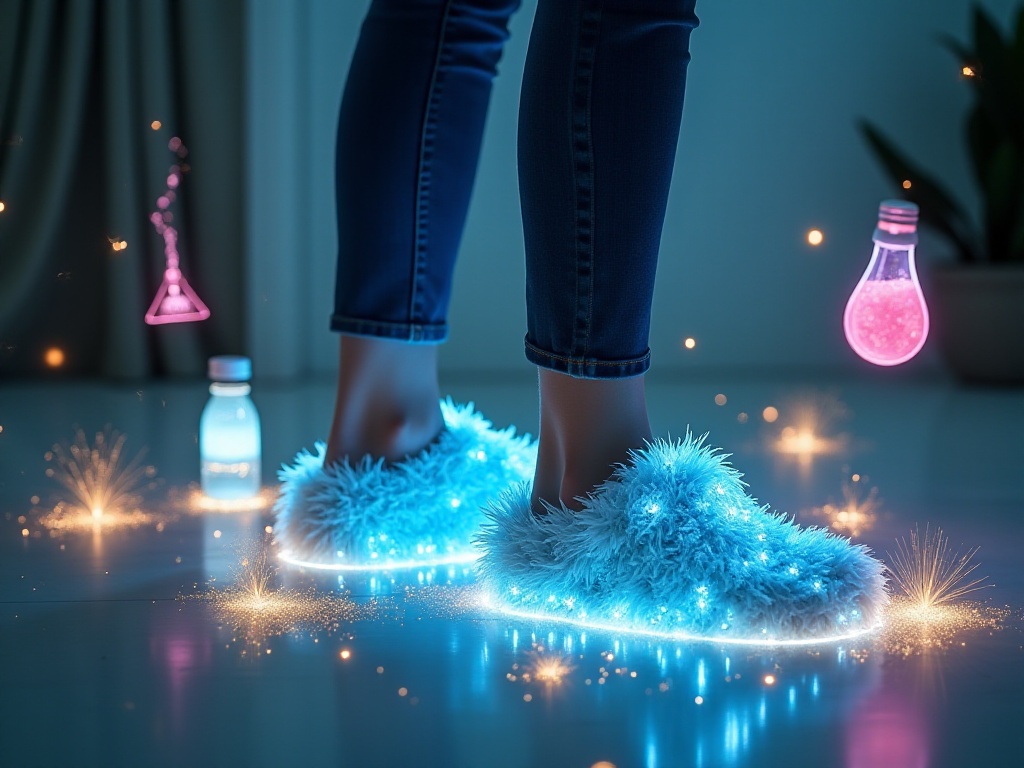
Clever Uses for Lemons
Lemons are absolutely essential for my kitchen cleaning. I still remember the first time I tried cleaning the microwave with lemon - at that time my microwave was in terrible shape, with oil stains all over the interior walls, making me feel awful every time I heated food. That day I happened to have a lemon that was about to go bad, so I tried this method according to the instructions.
Here's how to do it: Take a large microwave-safe bowl, fill it with an appropriate amount of water, then slice a lemon and put the pieces in. Place the bowl in the microwave and heat on high for 2 minutes. During this process, the lemon water will generate lots of steam, and the citric acid from the lemon will work together with the steam to soften the oil stains inside the microwave. After the microwave finishes, don't rush to open the door - let it stay sealed for 5 more minutes to let the steam work thoroughly.
Then you'll find that those stubborn oil stains have softened and can be easily wiped away with a cloth. Plus, the lemony fragrance will stay in the microwave, giving off a fresh citrus scent every time you open it. Now I use this method to treat my microwave weekly and never worry about a dirty microwave anymore.
Besides the microwave, I also use lemons to clean cutting boards. Wooden cutting boards develop odors after long use, and that's when you can use half a lemon dipped in salt to scrub the board's surface. The natural acidity of lemon not only disinfects but also removes odors from the cutting board. After treatment, rinse with clean water and let it dry, and the cutting board will look like new.

Living Room Section

Innovative Uses for Vacuum Cleaners
As someone who often misplaces things, I've found that the vacuum cleaner is actually a magic tool for finding small items. Once I accidentally dropped one of my diamond earrings in the carpet and couldn't find it after searching for a long time. Just when I was about to give up, I suddenly thought of this trick: put a clean stocking over the vacuum nozzle, secure it with a rubber band, then turn on the vacuum and carefully search the carpet.
The principle behind this method is that the stocking's mesh is small enough to catch jewelry and other small items while the suction power can pull them out from carpet fibers. That time I used this method and found my valuable earring in just a few minutes. Since then, whenever small things fall into the carpet or sofa crevices, this method is my first thought.
However, I should remind everyone that when using this method to find things, don't set the vacuum power too high to avoid damaging valuable items. Also, make sure to choose sturdy stockings, or they might tear from the suction.
Besides finding things, I've discovered the vacuum cleaner works great for cleaning keyboards. Set the vacuum to its lowest setting, use the narrow attachment, and you can easily clean dust from keyboard crevices. If you're worried about the suction being too strong for the keyboard, you can use the same stocking method, which allows for cleaning without damaging the keyboard.
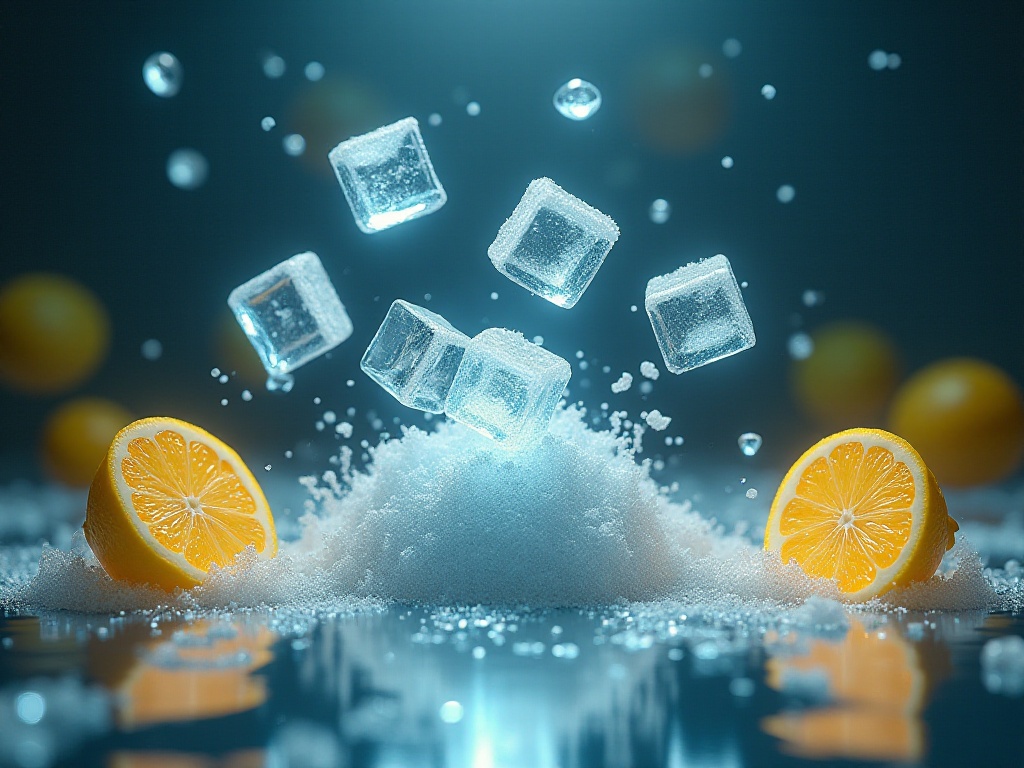
Cleaning Ceiling Fans
Speaking of cleaning ceiling fans, this might be one of the most practical cleaning tips I've discovered. Previously, cleaning fans was always a disaster - no matter how careful I was, dust would fly everywhere, and after cleaning the fan I'd have to spend a long time cleaning the floor.
Later I learned about the pillowcase method, which was truly a revolutionary discovery. Here's how to do it: Prepare a large pillowcase, preferably cotton and sturdy. When cleaning, completely cover the fan blade with the pillowcase, then hold the pillowcase with one hand while wiping the blade through the pillowcase with the other hand. This way all the dust gets collected in the pillowcase and won't fall to the floor.
The first time I used this method, I was shocked by the amount of dust collected in the pillowcase. Who knew there was so much dirt in places we can't normally see! Now I clean the fans using this method once a month and never worry about dust flying everywhere anymore.
Note that after cleaning, don't throw the pillowcase directly into the washing machine. It's better to take it to the balcony first and shake out most of the dust before washing. Also, it's best to have a dedicated pillowcase for cleaning and not mix it with the ones you use for sleeping.
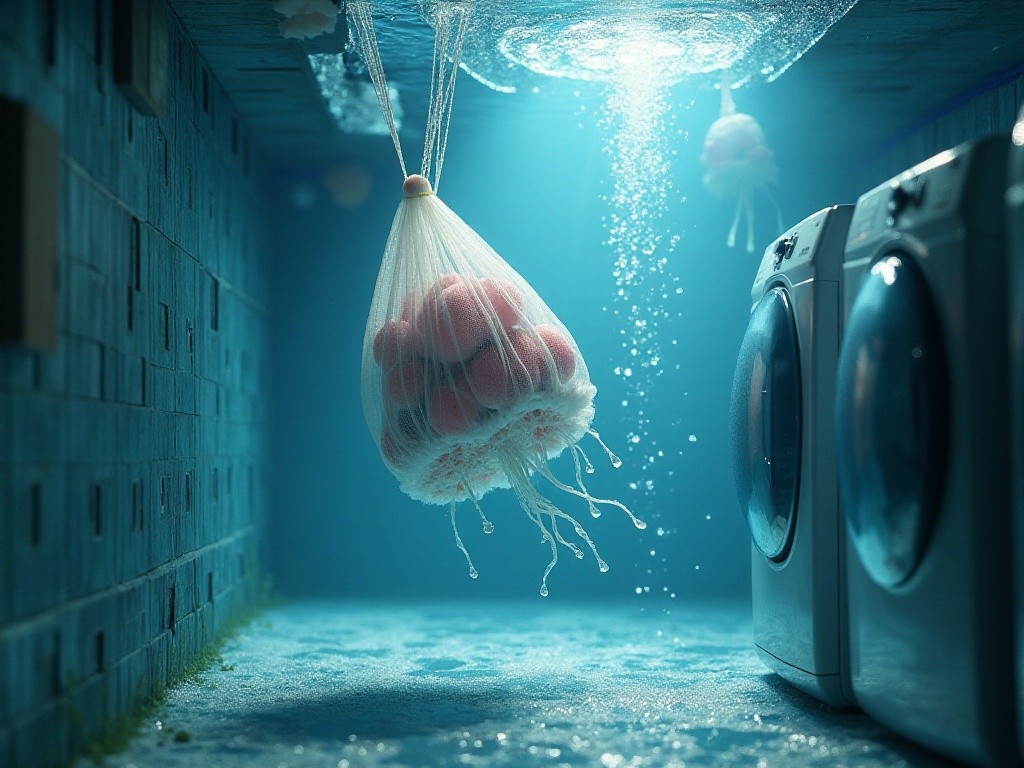
Special Stain Treatment
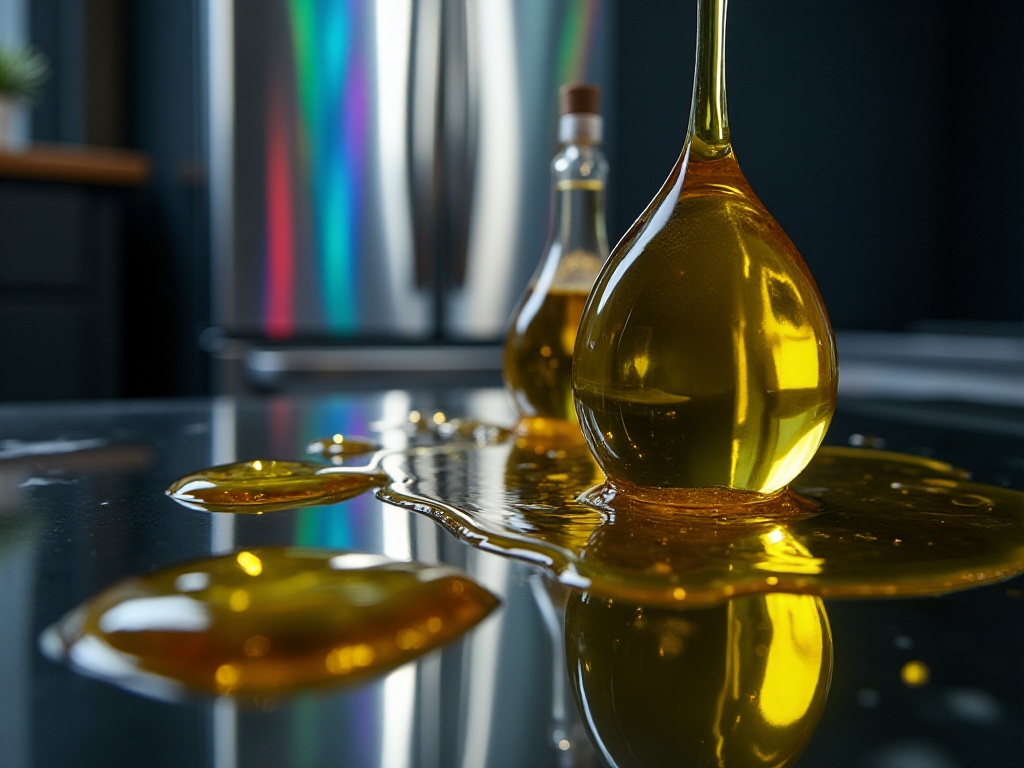
Removing Wine Stains
As someone who occasionally enjoys wine at home, I've encountered wine spills on carpets or sofas more than once. At first, I would frantically try to wipe it with paper towels, but that only made things worse, causing the stain to spread even more. Later I learned that the most important principle in treating wine stains is: don't wipe, use a blotting motion to absorb instead.
I've developed a very effective treatment method: First, use kitchen paper or a clean white towel to absorb the surface wine, using gentle motions and absolutely no wiping. Then prepare a cleaning solution using equal parts water and white vinegar. Pour this mixture onto a clean cloth and gently press on the stained area, allowing the cleaning solution to penetrate the fibers. Wait a few minutes, then press with a clean cloth to absorb. If the stain remains, repeat this process.
This method has a very high success rate - I've successfully treated several wine stains with it. However, note that you must be patient during treatment and not expect to remove it completely in one go. Also, before using any cleaning solution, it's best to test it in an inconspicuous area first to ensure it won't damage the fabric.
For dried wine stains, treatment becomes more challenging. In such cases, I first use soda water to moisten the stain, wait a few minutes for it to soften, then use the above method to treat it. Although it's more difficult to remove completely, with patience you can still see significant improvement.
Caring for Wooden Furniture
When it comes to caring for wooden furniture, I really have to sing the praises of olive oil. I remember when I first bought a set of solid wood furniture, I was particularly worried about maintenance. Professional wood furniture care oils are all expensive, and their effects aren't particularly impressive. Until one day, while organizing my kitchen, I had an inspiration and decided to try using olive oil to care for the furniture.
Here's how to do it: Take a small amount of extra virgin olive oil (about the size of a coin is enough), apply it with a microfiber cloth or soft cotton cloth, then gently wipe along the wood grain. The olive oil will penetrate the wood, not only moisturizing it but also forming a protective film on the surface. Plus, olive oil is natural and won't cause any damage to the furniture.
Now I use this method to maintain my wooden furniture once a month, and the results are excellent. The furniture surface maintains a warm luster, and the olive oil also prevents dust from sticking, making cleaning easier. However, I should remind everyone that when using olive oil for maintenance, you must control the amount - too much oil will make the furniture surface greasy. Also, it's best to choose olive oil without a strong smell, so it won't affect indoor air quality.
Besides wooden furniture, I've discovered olive oil is also particularly effective for maintaining stainless steel appliances. For example, my refrigerator often gets covered in unsightly fingerprints. Now I wipe the refrigerator surface with a bit of olive oil monthly, which not only easily removes fingerprints but also forms a protective film on the surface, making new fingerprints less likely to stick.
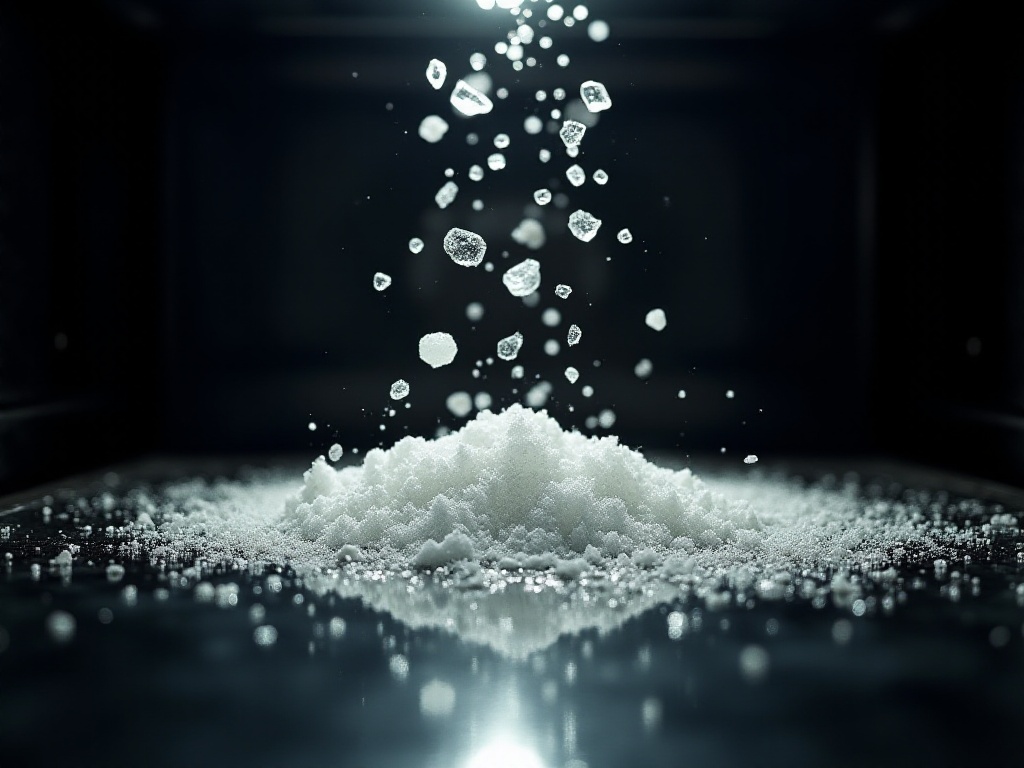
Final Thoughts
Through these two years of exploration and practice, I've deeply realized that creating a clean and comfortable living environment doesn't require spending lots of money on expensive cleaning products. Many common household items can become great cleaning helpers if used correctly. Keeping your home clean isn't just about visual pleasure, more importantly, it improves our quality of life.
Every time I see my home looking brand new, that sense of achievement is truly indescribable. Although cleaning work might seem tedious, once you master these tips, housework can become easy and interesting. I hope these methods I've shared can help those of you who also pursue quality living.
Remember, creating a clean and tidy home isn't just about living comfortably yourself, it's also about feeling that warmth and contentment every time you return home. After all, home is where we live every day, and it deserves our devoted attention.


